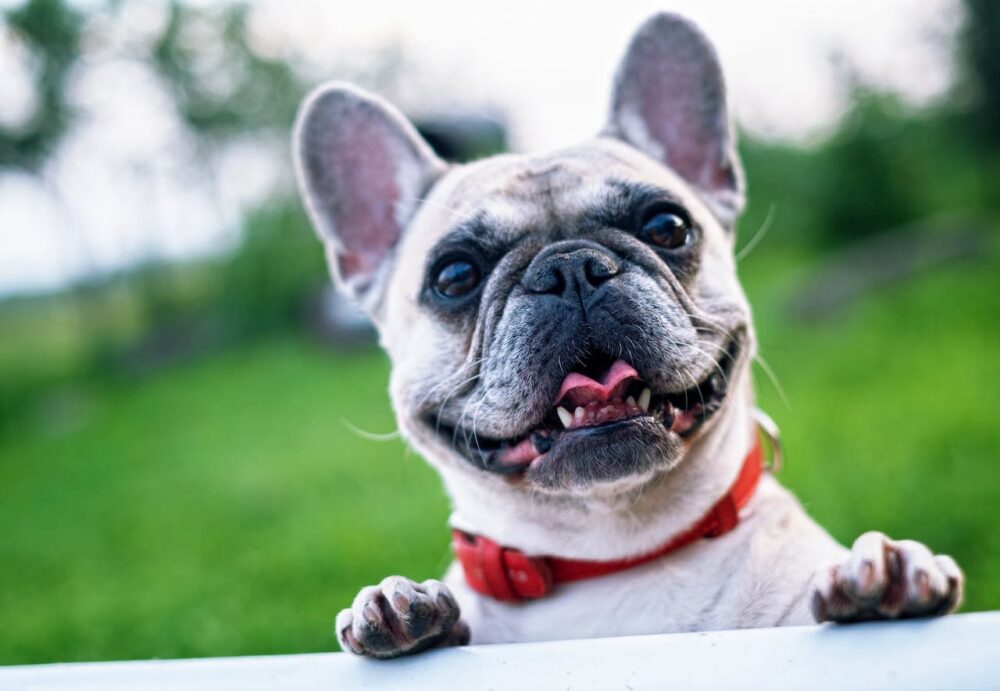Owning a pet with a cascading mane of long, luxurious hair is akin to having a living piece of art. The elegance and beauty of a well-maintained coat can be a genuine pleasure, turning heads and drawing admiring glances.
However, the splendor of long pet hair comes with its unique set of challenges.
Without proper care, what should be a flowing, silky coat can quickly devolve into a tangled, matted mess, causing discomfort for your pet and potential distress for you. This guide will give you expert advice that can help you ensure your pet’s hair remains healthy and magnificent.
Contents
The Importance of Proper Tools
The first step in the process of grooming for dogs with long hair is equipping yourself with the appropriate tools. The cornerstone of your grooming toolkit should be a high-quality, wide-tooth comb. This indispensable tool allows you to gently work through tangles and knots without causing discomfort or harm to your pet.
Consider adding a slicker brush to your arsenal to deal with finer hair or more petite, more stubborn knots. It’s okay; closely spaced wires are excellent for smoothing out minor tangles and removing loose fur, thereby preventing matting.
In some cases, despite your best efforts, you might encounter mats that won’t come undone. Here, a pair of rounded-tip grooming scissors becomes invaluable. These allow you to carefully trim away the most stubborn mats without risking injury to your pet’s skin.
Remember, the aim is to eliminate tangles and mats with minimal stress to your pet, preserving the integrity and beauty of their coat.
The Art of Regular Brushing
Consistency is the linchpin of effective long-hair pet care. Regular brushing sessions not only preempt the formation of tangles but also facilitate the even distribution of your pet’s natural skin oils throughout their coat.
This enhances the health and vitality of the hair and imparts a natural, lustrous shine. Daily brushing may be necessary for pets graced with particularly long coats to maintain condition.
Transform these grooming sessions into a bonding activity. Your pet should associate grooming with positive, calming experiences. Gentle strokes, soothing words, and a treat at the end of the session can make this a time both of you look forward to.
Bathing: More Than Just Getting Wet
Bathing your long-haired pet requires more than just suds and water; it demands a technique that acknowledges the unique needs of their coat. Always embark on a bathing session by first thoroughly detangling your pet’s hair. Water can cause knots to tighten.
Select shampoos and conditioners formulated specifically for pets, preferably those designed for long hair. These products help maintain the hair’s softness and manageability. It’s crucial to rinse thoroughly, as shampoo or conditioner residue can lead to skin irritations.
When drying, resist the urge to rub your pet’s coat with a towel vigorously. This common mistake can lead to knotting. Instead, opt for a gentle patting motion, which helps preserve the hair’s natural alignment and prevents tangling.
Even with meticulous care, mats and knots can appear. When they do, patience and gentleness are your best tools. Avoid the temptation to yank at a knot or cut it out in frustration. Such actions can hurt your pet and damage their coat.
A detangling spray can be a lifesaver for particularly challenging mats, easing the untangling process. In some cases, professional help may be the best course of action. A skilled groomer can address severe matting without causing distress or discomfort to your pet.
The Role of Nutrition
It’s easy to overlook the impact of diet on your pet’s coat. Yet, what your pet eats plays a significant role in the health and appearance of their hair. Ensure your pet’s diet is rich in essential nutrients, particularly those that support coat health.
For instance, omega-3 and Omega-6 fatty acids are known for their beneficial effects on skin and hair, promoting a glossy, healthy mane. These can be found in supplements like fish and flaxseed or specially formulated pet foods.
When to Seek Professional Grooming
While many grooming tasks can be effectively managed at home, certain situations necessitate the expertise of a professional groomer. This is especially true for pets with exceptionally long or luxurious coats.
Professional groomers offer services beyond basic grooming, such as deep conditioning treatments, sophisticated detangling techniques, and even stylish haircuts that enhance your pet’s natural beauty. They can also provide valuable advice tailored to your pet’s specific needs, ensuring their coat remains pristine between grooming sessions.
Conclusion
Maintaining a tangle-free, beautiful mane on your long-haired pet requires dedication, the right tools, and a gentle approach. Regular grooming, a nutritious diet, and the occasional professional touch can keep your pet’s coat looking and feeling its best.
Grooming is not just about maintaining appearances; it’s crucial to your pet’s overall health and well-being. With the expert advice outlined in this guide, you can ensure that your long-haired companion remains a stunning, healthy, and happy family member.



